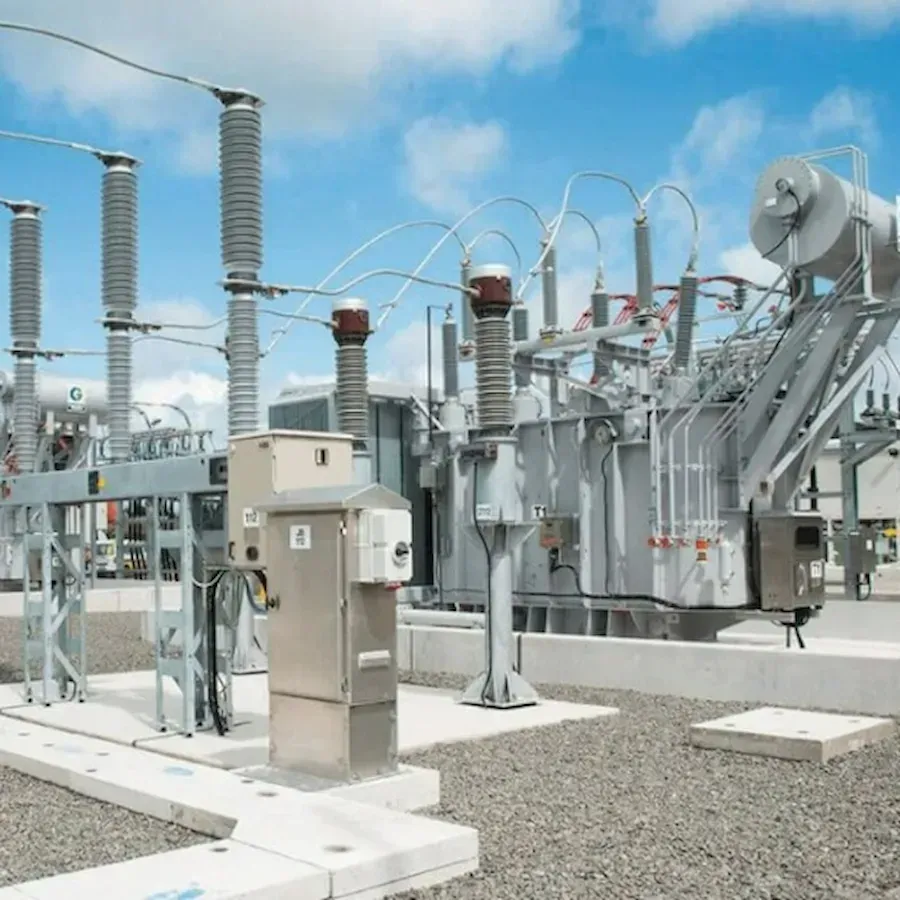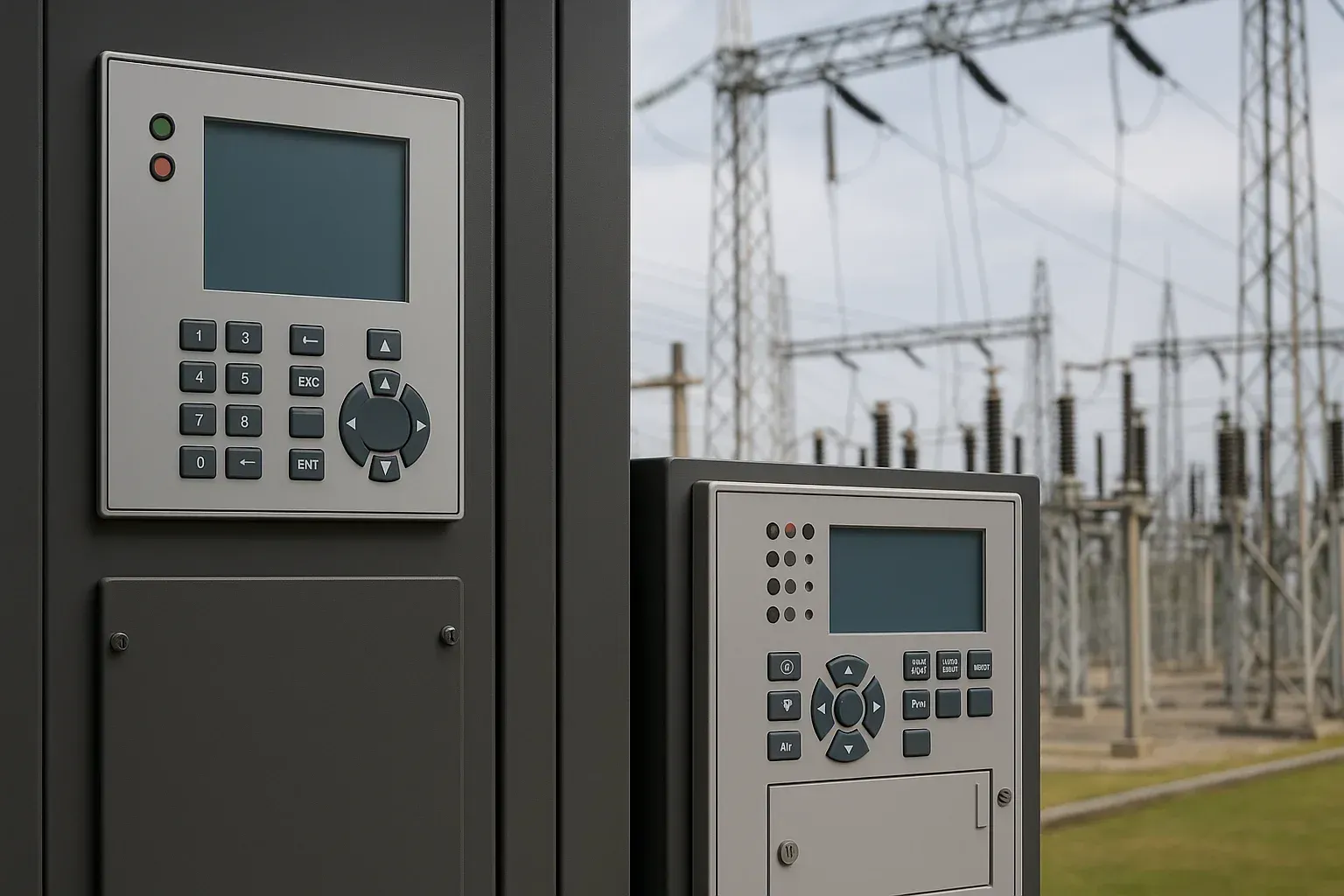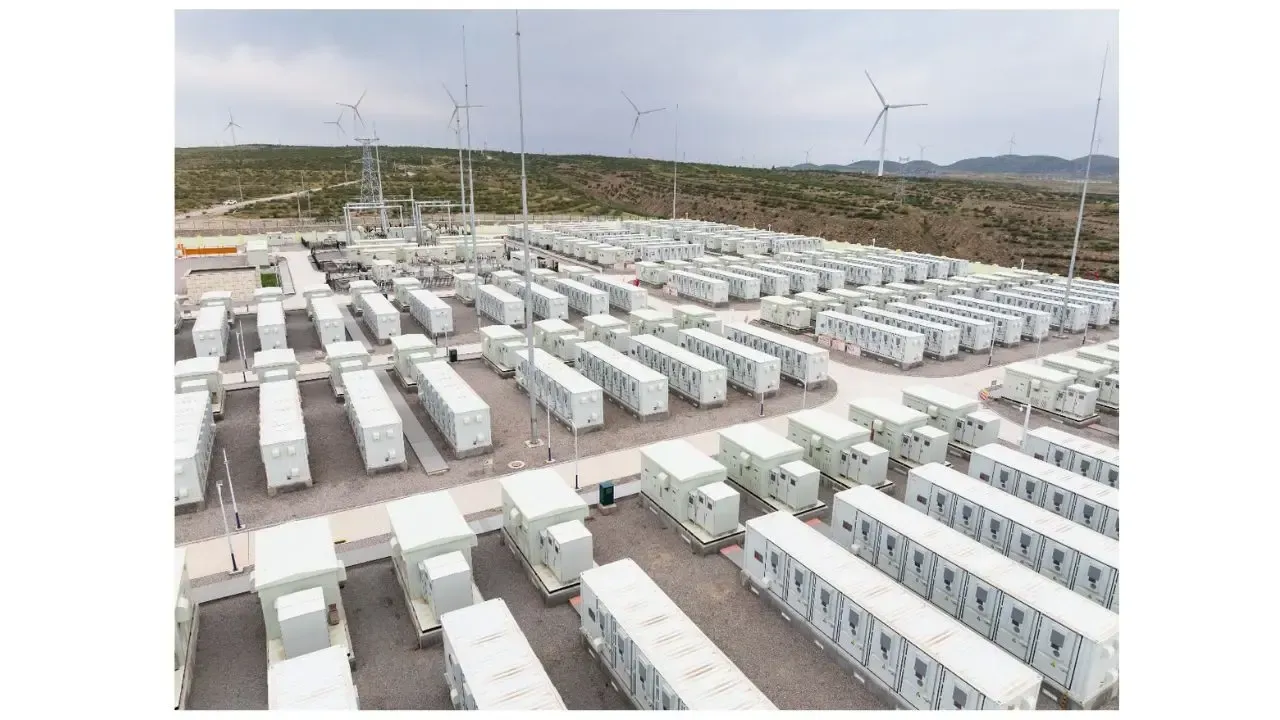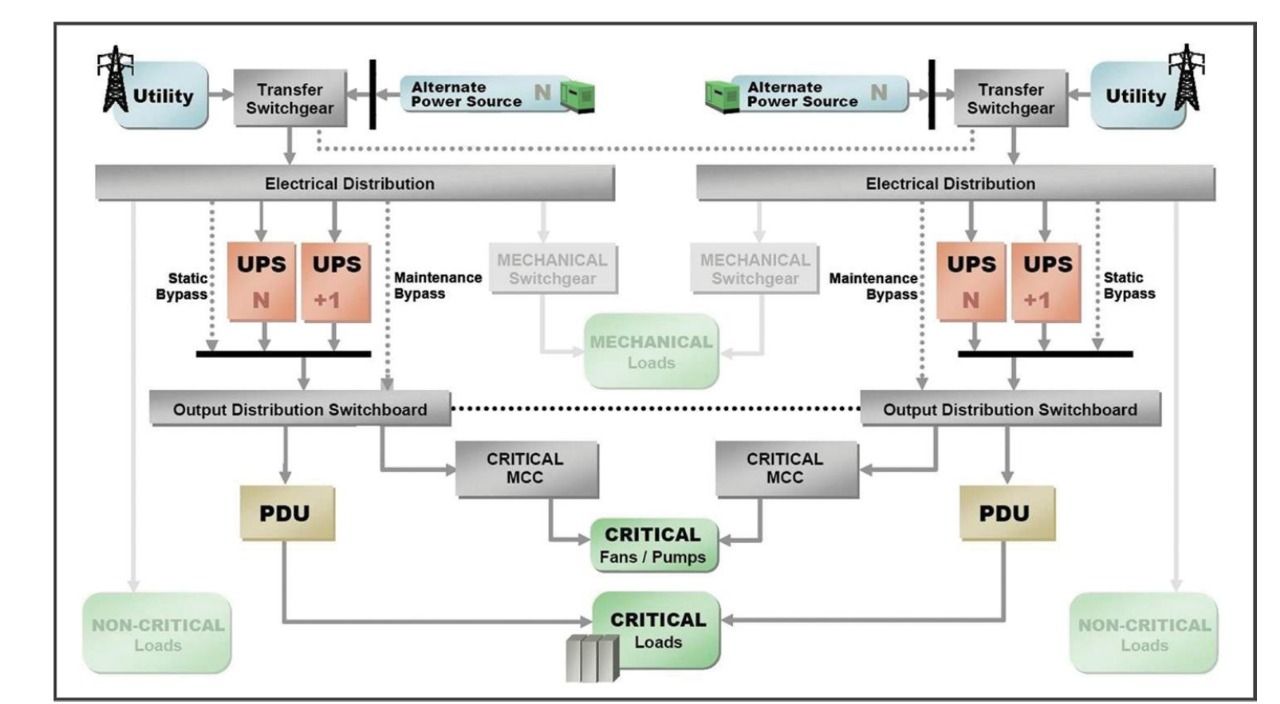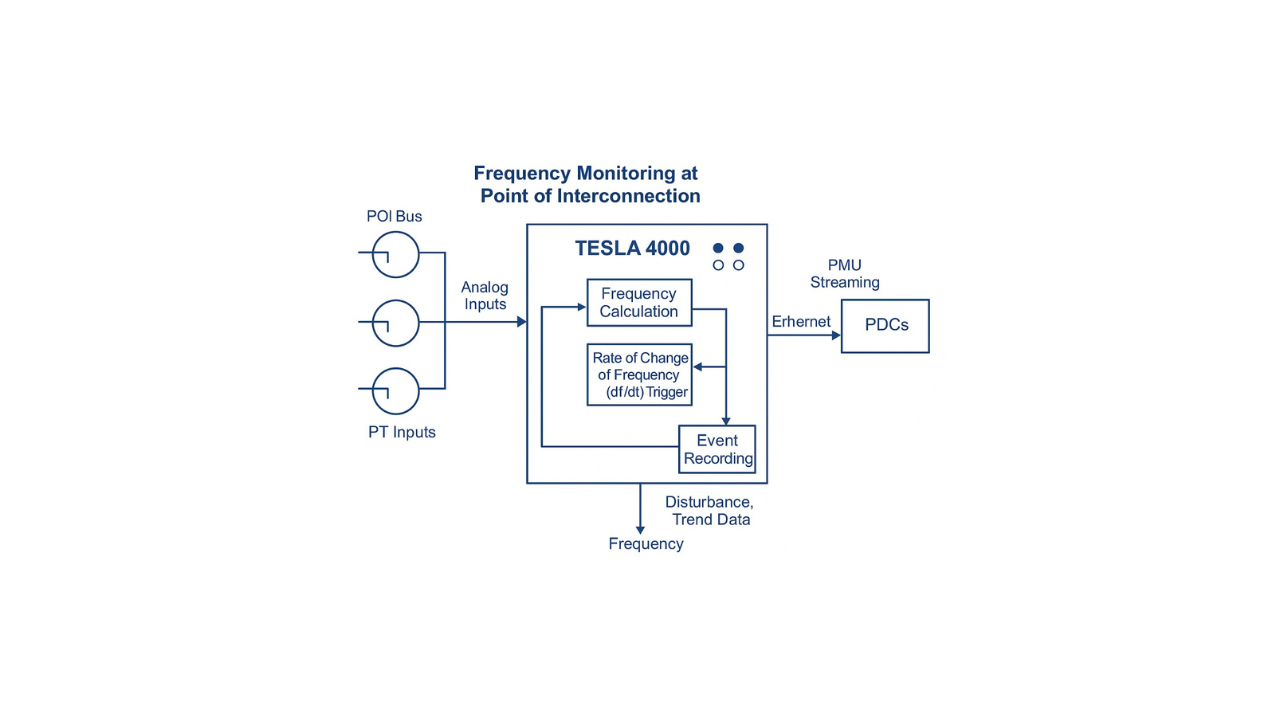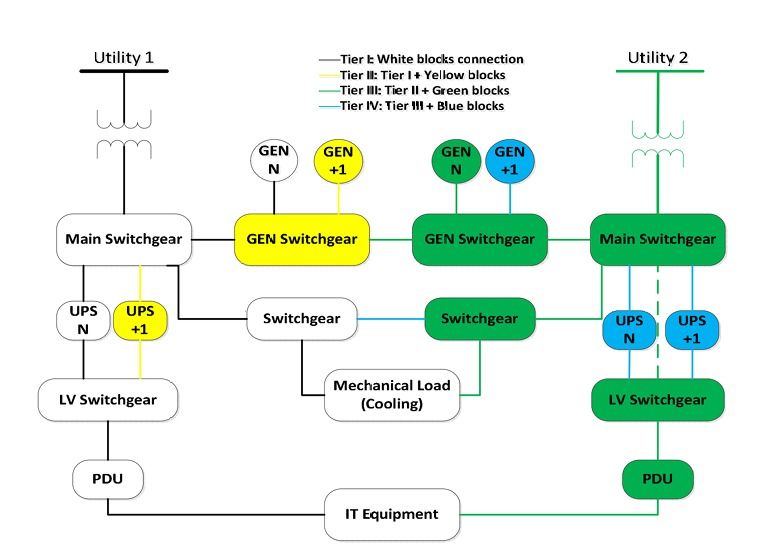Case Study 1: Dynamic Load Balancing with 2-Level UPFC in a Transmission Corridor
May 27, 2025 | Blog
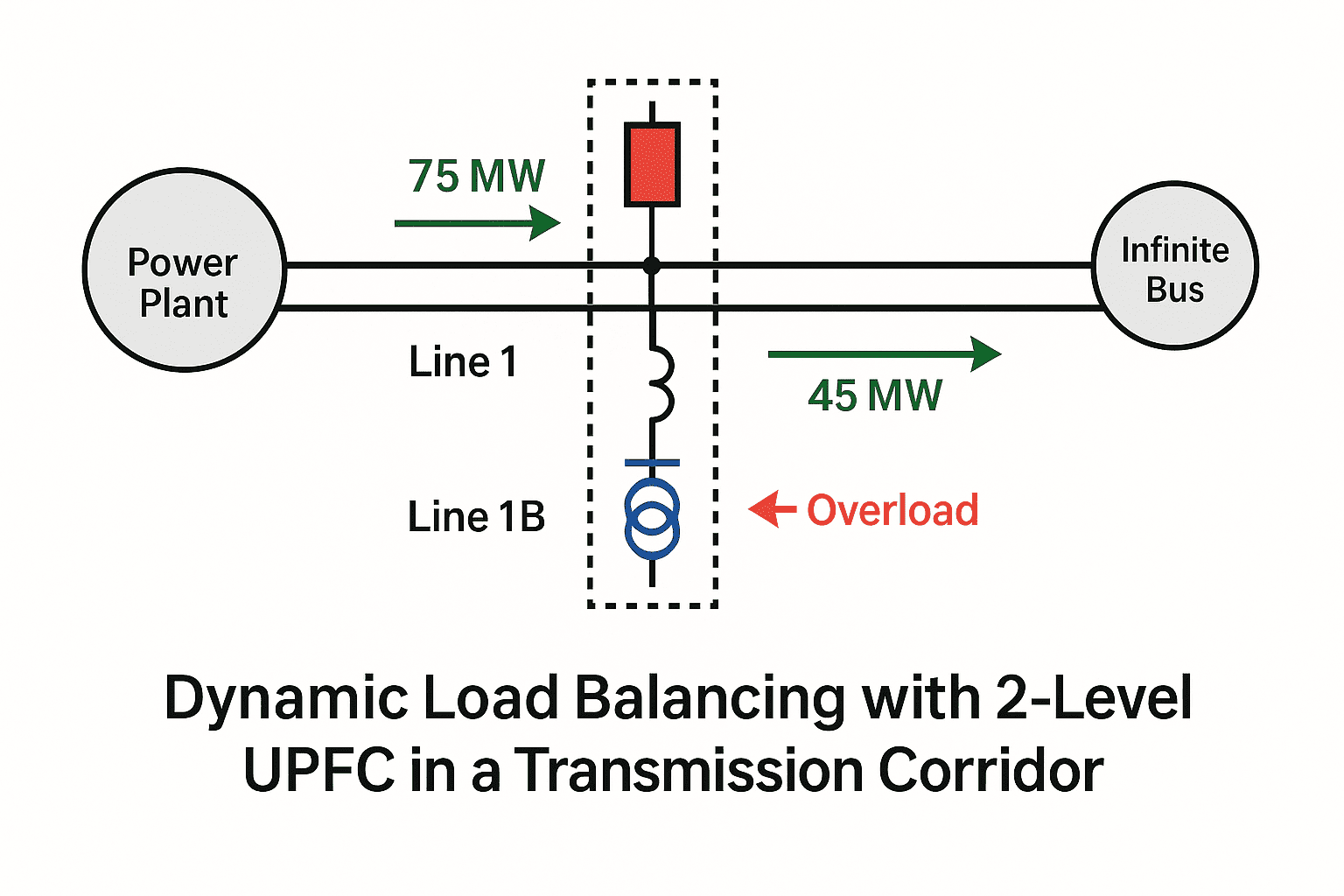
Client: Confidential
Location: Southeastern USA
System Configuration: Single-machine to infinite bus system with parallel lines
Objective: Prevent line overload during rapid generation shifts
Background:
A power plant in the southeastern U.S. experienced overloading on its secondary transmission line (Line 1B) whenever active generation ramped up beyond 120 MW due to seasonal peak demand. The primary line (Line 1) was underutilized due to a lack of dynamic flow control.
Solution Implemented:
Keentel Engineering deployed a 2-level Unified Power Flow Controller (UPFC) on Line 1, as modeled in the referenced IEEE study. The UPFC’s series compensator regulated active power while the shunt branch maintained DC bus and voltage stability.
Technical Highlights:
- Initial Generation: 75 MW (25 MW via Line 1, 50 MW via Line 1B)
- Ramped Generation: 140 MW post 100ms demand spike
- Power Re-routing: UPFC dynamically rerouted power to Line 1, reducing Line 1B stress
- Control Strategy: Block diagram-based d-q rotating frame control as shown on page 2, Fig. 3
Results:
- Maintained power flow within the 80 MW thermal limit of Line 1B
- Enabled flexible generation ramping without reconfiguration
- Improved system stability and minimized reactive power losses
Case Study 2: Voltage Support in Urban Substation Using Shunt Compensation
Client: Confidential
Location: Midwest USA
System Configuration: 400 kV ring bus with dual supply and dynamic RL load
Objective: Mitigate voltage sag at critical urban bus under fluctuating load
Background:
A major metropolitan area in the Midwest observed voltage dips at a distribution bus (Bus 2) when reactive-heavy RL industrial loads were introduced. The instability risked tripping protection relays and violating utility voltage criteria.
Solution Implemented:
Keentel Engineering integrated a 2-level UPFC at Bus 2 using the configuration described in page 3, Fig. 9. The shunt branch regulated reactive power injection, while the series branch maintained power flow balance across Line 1.
System Parameters:
- Base Load: 80 MW
- Disturbance Load: 5 MW + 75 MVAr RL load added at 0.02 sec
- Control Mechanism: Reactive power control via d-q frame (equation 9, page 2)
Results:
- Voltage sag was reduced by 12% compared to the non-UPFC case (Fig. 10, page 3)
- Reactive power injected adaptively, peaking at 0.8 pu during maximum load
- Voltage restored to nominal value within 50ms of disturbance

About the Author:
Sonny Patel P.E. EC
IEEE Senior Member
In 1995, Sandip (Sonny) R. Patel earned his Electrical Engineering degree from the University of Illinois, specializing in Electrical Engineering . But degrees don’t build legacies—action does. For three decades, he’s been shaping the future of engineering, not just as a licensed Professional Engineer across multiple states (Florida, California, New York, West Virginia, and Minnesota), but as a doer. A builder. A leader. Not just an engineer. A Licensed Electrical Contractor in Florida with an Unlimited EC license. Not just an executive. The founder and CEO of KEENTEL LLC—where expertise meets execution. Three decades. Multiple states. Endless impact.
Services

Let's Discuss Your Project
Let's book a call to discuss your electrical engineering project that we can help you with.

About the Author:
Sonny Patel P.E. EC
IEEE Senior Member
In 1995, Sandip (Sonny) R. Patel earned his Electrical Engineering degree from the University of Illinois, specializing in Electrical Engineering . But degrees don’t build legacies—action does. For three decades, he’s been shaping the future of engineering, not just as a licensed Professional Engineer across multiple states (Florida, California, New York, West Virginia, and Minnesota), but as a doer. A builder. A leader. Not just an engineer. A Licensed Electrical Contractor in Florida with an Unlimited EC license. Not just an executive. The founder and CEO of KEENTEL LLC—where expertise meets execution. Three decades. Multiple states. Endless impact.
Leave a Comment
We will get back to you as soon as possible.
Please try again later.
Related Posts


